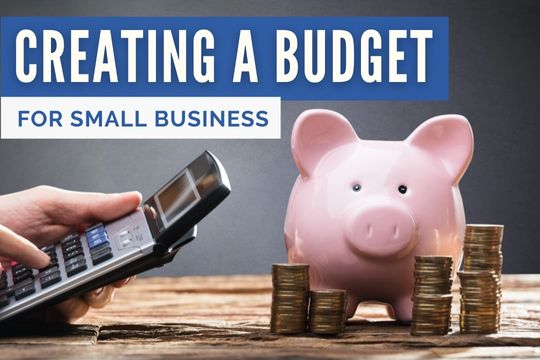
Effectively managing a small business requires a clear understanding of how much money your company is bringing in and how much it’s putting out at any given time. This helps ensure you have the money you need when you need it to keep your business afloat and, ideally, growing. Here's how to create a small business budget that does just that.
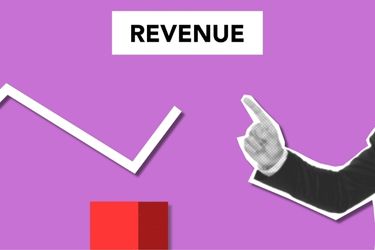
First, review your income. Identify how much money you’re bringing in each month and the specific sources of that income. If you’ve already been operating your business for a while, look back at your existing and current revenue sources. First, identify all your income sources, then determine how much you bring in each month from each of them.
Be aware you’re calculating revenue here, not profit. Revenue represents all the money your company brings in before deducting expenses.
Calculate your monthly revenue for several months–and ideally the last 12 months at a minimum, if not several previous years–so you can account for variations in earning patterns, such as any seasonal business trends or changes in industry trends. Then, you can calculate a monthly average revenue you can use to devise a workable budget better.
This also allows you to prepare for those leaner times by creating a larger cushion during the prolific times, thereby preventing shortfalls.
Next, identify your fixed costs. This refers to any recurring costs required to operate your business. These could be costs you pay yearly, monthly, weekly, or even daily. Fixed costs differ for different types of businesses and businesses in different circumstances. They may include:
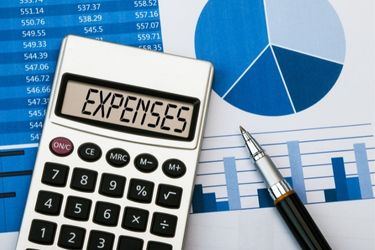
Other expenses you have that aren’t so consistent; these variable expenses might change based on how much you utilize particular products or services. These expenses are variable; however, they do not mean they are optional. Rather, many variable expenses are essential to keep your doors open for business, such as utilities.
Other variable expenses may not be essential for your business to run, but certainly make doing it easier and more efficient, such as specialized education or profitability tools like accounting software. These discretionary expenses, as they’re called, should also be calculated with your essential variable expenses.
Your business’s fixed expenses and its set of variable businesses will be unique to the business, though it may include:
These variable expenses–especially your discretionary expenses–are ones you have some versatility to reduce during leaner months when necessary. By the same token, when you have extra income, you can increase spending on some of these variable expenses that can best benefit your business's long-term growth and sustainability.
You may only need to pay some costs once, but you still need to account for them in your budget to have those funds available when the bill comes due. For example, if you update a marketing plan with additional expenditures, you must consider them when forecasting cash flow. By predicting these upcoming costs, you can incrementally set aside the funds leading up to that expense to cover it without negatively impacting your budget or business operations.
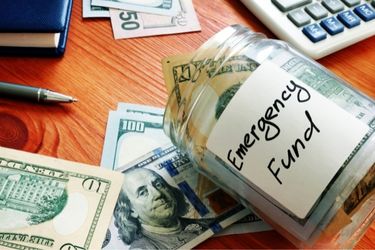
Some one-time costs are not as predictable as others. Equipment breaks and emergencies occur–you want to be prepared for the unexpected costs as much as expected. By building up a buffer in your budget, you can be ready for those unplanned eventualities when they do occur.
To work an emergency fund into your budget, decide how much you’ll set aside each month to deposit into it. Subtract this amount from your remaining monthly income after you’ve accounted for all other expenses.
Setting up a deposit into your emergency fund in your monthly budget helps prevent you from simply spending any business surplus a particular month on variable expenses. Perhaps an emergency will never come, but if one does, it helps to know you can cover it without harming your business or taking out an expensive business loan. You can call this portion of your budget your “Peace of Mind” fund.
You now have all the information you need to create your profit and loss statement. This essential document for any small business budget helps ensure you end the month without a budgetary deficit. Known as a P&L for short, this statement tallies up all your income in one column and all your expenses (or costs of goods sold) in another. Then it allows you to subtract one total from another (expenses from income) to determine how much your company will make (or lose) based on your current calculations. A positive number reflects a profit, and a negative number is a loss.
Subtract this number from your total revenue to calculate your gross profit margin. This number provides an excellent indicator of your company’s overall financial health.
As a new small business owner, you may initially be satisfied if your expenses zero out your income. Eventually, though, you’ll need to have a positive number at the end of this calculation to expand or grow your business or to keep up with inflation and rising costs.
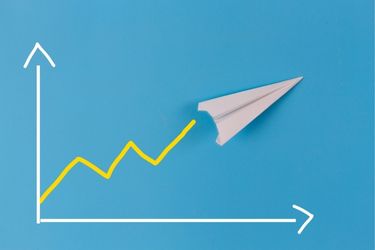
With that last point in mind, now that you know how to create a small business budget that works for the present, you can use it as your own customized business budget template to start projecting forward into the future with reasonable accuracy and confidence. For many of the figures in your budget, you can at least estimate how much they’re likely to rise in a certain length of time.
Such projecting can help you plan for larger one-time expenses like a delivery truck or expansion goals such as hiring new employees.
If your calculations reveal a monthly loss according to your current figures, you won't necessarily have the cash flow to cover your expenses as they arise. Therefore, you’ll need to figure out what budgetary line items you can adjust and how much. You may be tempted to cut your emergency fund savings first, but resist that urge. Instead, find ways to reduce variable and discretionary costs and, above all, increase income. One way to reduce some expenses is to negotiate better costs with your suppliers and, if they’re unwilling, seek out new, more amenable suppliers with whom to replace them.
Suppose you’re still thinking about how to create a small business budget. In that case, it's important to understand that a small business budget is not a static document but an organic, living document. That means it must change as your income and expenses change. You should also revisit your budget regularly–at least annually–to make sure it still reflects the current financial state of your small business as accurately as possible. Sign up for our EMA newsletter to get more tips and tricks for managing your small business.
Distinguishing revenue from profit helps you see actual earnings after expenses. Budgeting with revenue alone can hide cash shortfalls, while focusing on profit shows whether operations are sustainable and where cost cuts or income boosts are needed.
Fixed costs can include rent or mortgage on workspace, payroll, insurance premiums, loan repayments, taxes, permits, licenses, and depreciation on equipment. These expenses recur regularly and usually remain stable regardless of sales volume.
To handle variable expenses in slow periods, prioritize essentials like utilities, limit discretionary spending such as professional development or marketing extras, negotiate better supplier rates, and delay non-urgent purchases until revenue rebounds.
An emergency fund cushions unexpected events like equipment failures or economic downturns, letting you cover sudden costs without expensive loans or disrupting operations. Regularly saving toward this fund preserves peace of mind and business stability.
Review your budget at least once a year, but ideally quarterly or whenever significant income or expense changes occur. Frequent adjustments keep the document accurate, support informed decisions, and ensure your business stays on track financially.